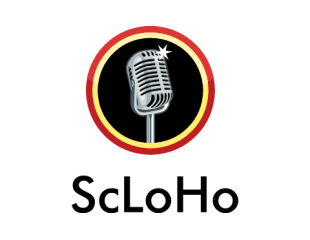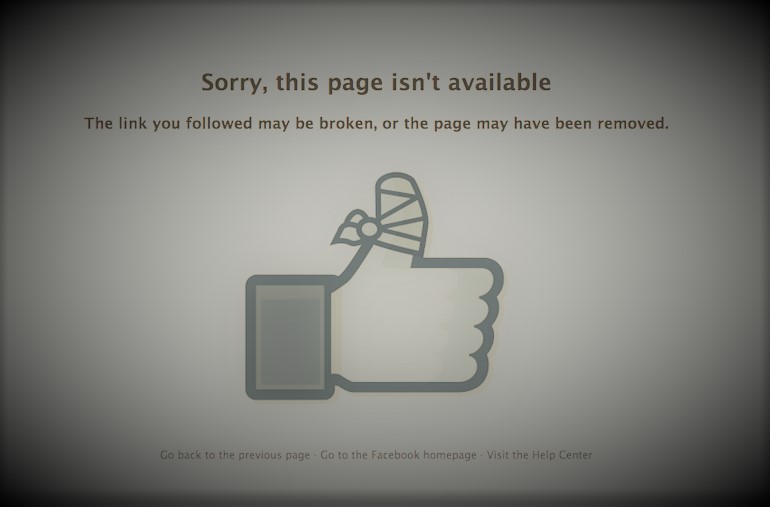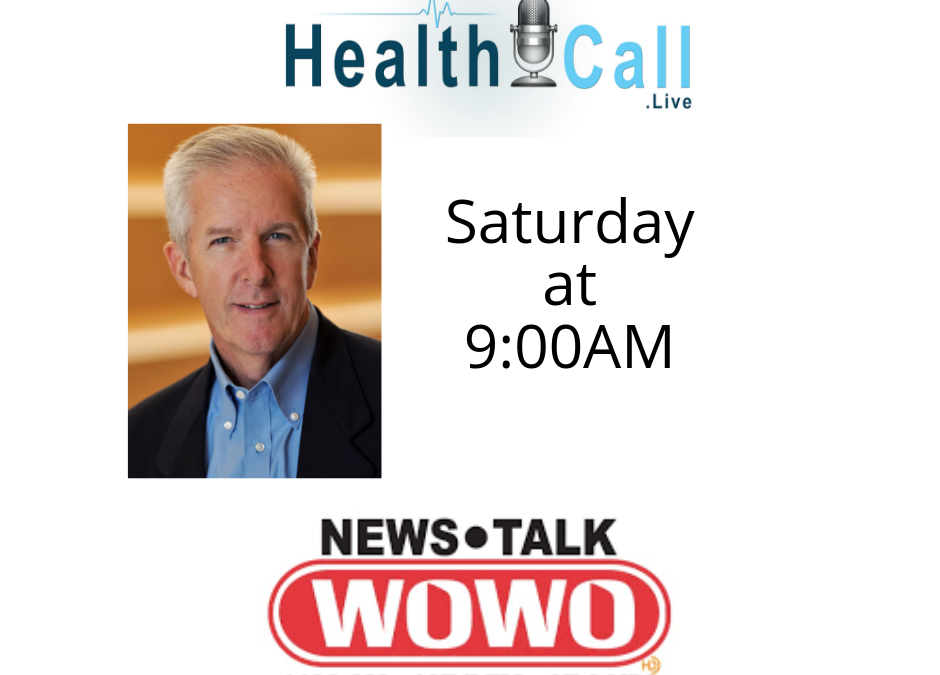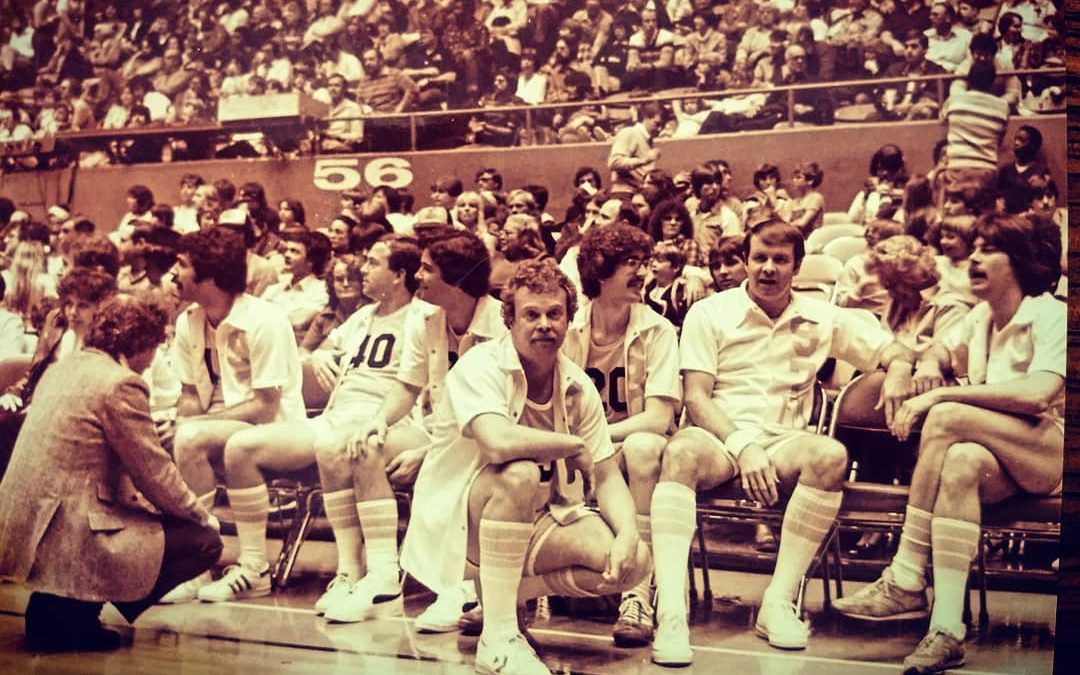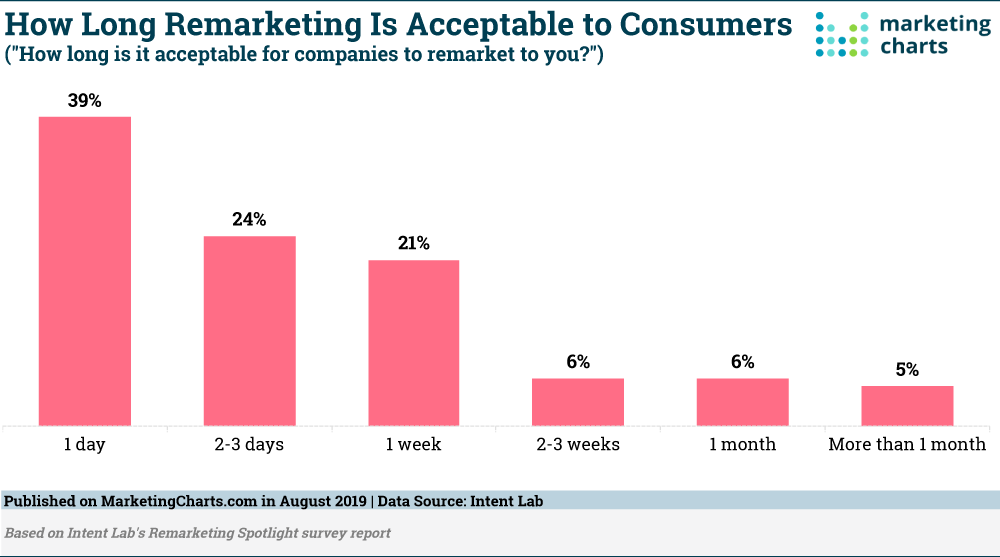
Digital Burnout
Do you ever get annoyed at advertising?
I did an informal and unscientific poll of friends and strangers recently and discovered that the answer is Yes.
This is nothing new. As long as there have been advertising, there are reasons for people to dislike it.
Music radio stations that play too many commercials in a row, that’s an annoyance.
TV ads that are just plain awful, usually it’s the locally produced ones that look and sound bad.
In the digital world there are a couple of irritants I discovered too.
One is the number of times we are shown an ad when we are online.
There is a practice called remarketing that is as old as digital advertising, that is part of the culprit.
When you visit a website, it places a tracking pixel, or “cookie” on your computer and adds you to their database of website visitors.
Then when you are visiting other websites, you start seeing ads from that website you just visited. The reason is statistics tell us less than 10% of us buy the first time we visit a website. So to remind you of that website you were visiting and the stuff you may have bought but 90% of the time, the stuff you didn’t buy, these ads that follow you around online.
It’s a neat concept from a marketing standpoint but it has become an irritant. A recent survey said that if you are still sending ads to people who visited your website a week after they were there, you are annoying 85% of the people you are trying to convert to customers.

Nearly half only want to see your ads for 24 hours and after a couple of days, you are just creating a bad vibe for your company.
One company has taken this seriously.
Proctor and Gamble which spends between 6 and 7 billion dollars a year in advertising announced this summer that going forward, they are reducing the number of times a consumer sees the same digital ad.
I know that there are multiple ways to track our online actions and one that seems to be missing involves connecting the dots between visiting a website and making a purchase.
I know the technology is out there to do this, it just needs to be implemented.
If you are currently doing or are considering digital ads, talk to me first. There are better ways to invite people to become your customers and buy your stuff without annoying them to death. Drop me a note Scott@WOWO.com.
By the way, you can subscribe to this weekly ScLoHo Media and Marketing Article update that I share on my website, you can also subscribe to the podcast version which is pretty much the same weekly content that you can listen to in 10 minutes or less. I also have a separate email business tips newsletter called Sound ADvice that you can get by filling in the information in the box below. All free and yours just for the asking!
